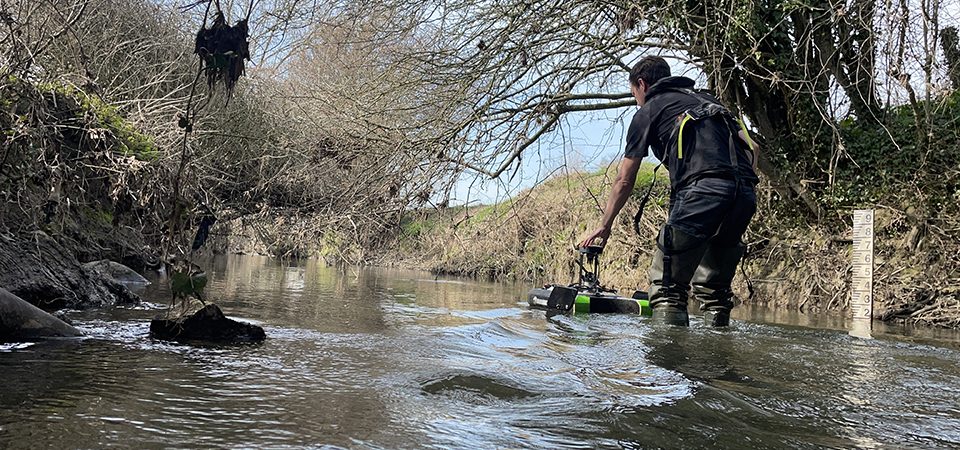
Frequently asked questions
What is the Water and Abandoned Metal Mines (WAMM) programme?
The WAMM programme was set up in 2011 to begin to clean up the approximately 1,500km of English rivers polluted by abandoned metal mines.
It is a partnership between the Environment Agency (EA), the Mining Remediation Authority (formerly called the Coal Authority) and the Department for Environment, Food and Rural Affairs (Defra).
Metal mines played a major part in Britain’s history, but abandoned mines now pollute our rivers, harm aquatic life and can have an adverse impact on economic activity.
In 2023, Parliament used the Environment Act to set a statutory (legally-binding) metal mines water target to halve the length of rivers polluted by harmful metals from abandoned metal mines by 2038.
Defra’s 2023 Environmental Improvement Plan set an interim target to build 8 mine water treatment schemes and 20 diffuse interventions by 2028.
Why does the WAMM programme want to build a mine water treatment scheme at Minsterley?
The EA has determined that 44km of rivers in the Severn Uplands management catchment (Minsterley Brook and Rea Brook) are polluted by zinc, cadmium and lead from abandoned metal mines.
Read more about Severn Uplands management catchment: baseline length of rivers and estuaries polluted by abandoned metal mines – GOV.UK.
Monitoring by the EA shows that White Tip is one of the priority sources of metal pollution, contributing approximately 25% of the total zinc load under normal flow conditions, so the WAMM Programme is investigating potential options for a mine water treatment scheme to address this.
Will this work have an impact on wildlife or biodiversity?
Before proceeding with any works, we will undertake ecology surveys, checks and consult with stakeholders, like Natural England and others, to understand and mitigate any impacts on local wildlife and ecology.
How will this project affect residents?
The mine water treatment scheme currently being proposed is relatively small scale and we do not expect it to affect residents. We will share more details of the proposed work when they are available.
Will you need planning permission for this work?
Subject to further advice and consultation, it is expected that the works will completed using the EA’s Permitted Development Rights.
How long will the project take?
We are aiming to have a pilot scale mine water treatment scheme running before the end of March 2026.
We expect to operate this trial for at least 2 years and will be regularly reviewing results and will share information on how well the scheme is removing metals.
We will need to do some preparatory works over the next few months before we can install the trial scheme.
What are you doing about other sources of metal pollution in the catchment?
The WAMM Programme has installed a new flow monitoring structure at Boat Level to improve our data on how the flows change in response to rainfall. We are measuring flows on a semi-continuous basis and we are also monitoring water quality each month.
We have installed a new flow monitoring structure at the Wood Adit so we can monitor how the flows change in response to rainfall.
We are also monitoring water quality and levels of metal pollution in mine waters, Minsterley Brook and Rea Brook from upstream of Roman Gravels to where the river meets the River Severn in Shrewsbury.
We have carried out topographical surveys at the Roman Gravels mine waste site so we can understand if metals are being released into the river by erosion.
This monitoring will improve our understanding of the priority sources of metal pollution in the catchment so that we can develop measures to decrease levels of pollution in the river.
Who can we contact for more information?
Anyone can contact the WAMM project team at minsterley@miningremediation.gov.uk for more information and any follow up questions.